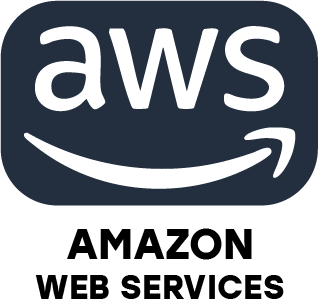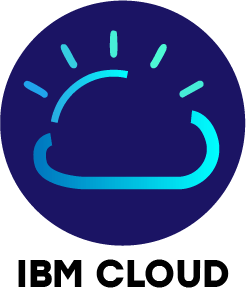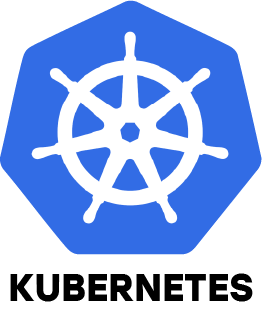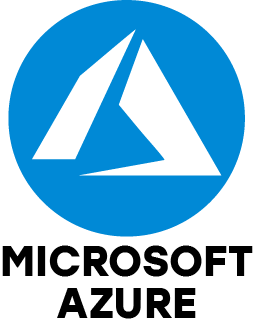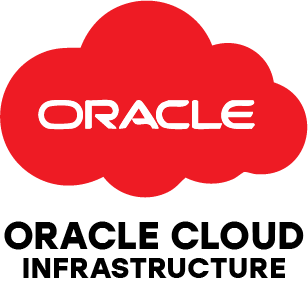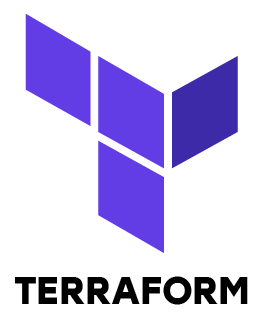1. What is Cloud Computing and how is it different from traditional IT infrastructure?
Ans:
Cloud Computing refers to the delivery of computing services such as servers, storage, databases, networking, software, and analytics over the internet on a pay-as-you-go model. Unlike traditional on-premise infrastructure that requires upfront hardware investment and physical setup, cloud computing provides flexibility, on-demand scalability, reduced maintenance, and faster deployment. It shifts the responsibility of infrastructure management to cloud providers, enabling organizations to focus on innovation and core operations.
2. Explain IaaS, PaaS, and SaaS with examples.
Ans:
3. What are the advantages of a multi-cloud strategy?
Ans:
A multi-cloud strategy involves using services from multiple cloud providers to meet different business needs. This approach helps reduce reliance on a single vendor, improves fault tolerance, enhances data redundancy, and increases uptime. It allows organizations to choose the best-performing or most cost-effective services from various platforms (like AWS, Azure, or GCP), and ensures regulatory compliance across geographies by hosting data in specific regions.
4. How does virtualization support cloud services?
Ans:
Virtualization is a core technology behind cloud computing that enables the creation of multiple virtual machines (VMs) on a single physical server using a hypervisor. This improves hardware utilization, reduces operational costs, and simplifies scalability. It allows cloud providers to offer isolated environments for different customers, improves system resilience, and facilitates quick provisioning of resources. Without virtualization, cloud scalability and resource optimization wouldn’t be possible.
5. Name core services offered by AWS, Azure, or Google Cloud.
Ans:
Cloud providers offer a wide range of services across different categories:
- Compute: AWS EC2, Azure Virtual Machines, Google Compute Engine.
- Storage: Amazon S3, Azure Blob Storage, Google Cloud Storage.
- Databases: AWS RDS, Azure SQL, Google BigQuery, Firestore.
- Networking: AWS VPC, Azure Virtual Network, Google VPC.
- Security: IAM, KMS, Cloud Security Scanner.
These services support scalable applications, real-time data processing, and secure deployments across regions.
6. What is the Shared Responsibility Model in cloud security?
Ans:
In cloud security, the Shared Responsibility Model defines the division of responsibilities between the cloud service provider and the customer. The provider is responsible for securing the infrastructure, physical data centers, and core services. Meanwhile, the customer is responsible for data encryption, identity and access management, OS and application-level security, and compliance. This clear boundary helps reduce confusion and ensures that both parties contribute to a secure cloud environment.
7. How does autoscaling work in cloud platforms?
Ans:
Autoscaling automatically adjusts computing resources based on real-time traffic, usage, or demand patterns. For example, if a web application experiences a traffic spike, autoscaling increases the number of instances to maintain performance. During off-peak times, resources are reduced to save costs. Cloud platforms like AWS Auto Scaling, Azure Scale Sets, and Google Cloud Autoscaler use monitoring tools and scaling policies to trigger these changes without manual intervention.
8.What is IAM, and why is it important in cloud computing?
Ans:
Identity and Access Management (IAM) is a framework used to control who has access to cloud resources and what they can do. It ensures secure authentication, authorization, and role-based access control (RBAC). Proper IAM configuration minimizes security risks like data breaches and insider threats. Providers like AWS, Azure, and GCP offer IAM services that enable fine-grained control over users, groups, roles, and permissions at every level of the infrastructure.
9.Compare public, private, hybrid, and community clouds.
Ans:
- Public Cloud: Services are delivered over the internet and shared among multiple tenants. Examples: AWS, Azure, GCP.
- Private Cloud: Dedicated infrastructure for one organization, offering greater control and security. Hosted on-premise or by a third party.
- Hybrid Cloud: Combines public and private cloud features to allow data and apps to move between them. Enables flexibility and compliance.
- Community Cloud: Shared by organizations with common goals or regulations (e.g., government, healthcare). Offers a balance of control and cost-efficiency.
10. How do you ensure high availability and disaster recovery in the cloud?
Ans:
Ensuring high availability (HA) and disaster recovery (DR) involves a strategic setup using multi-zone or multi-region deployments, auto-healing groups, load balancing, automated backups, and failover systems. Cloud providers offer services like AWS Route 53, Azure Site Recovery, and Google Cloud Backup to support HA and DR. Regular testing of DR plans and maintaining data replication across regions are essential to avoid data loss and ensure business continuity during outages.

